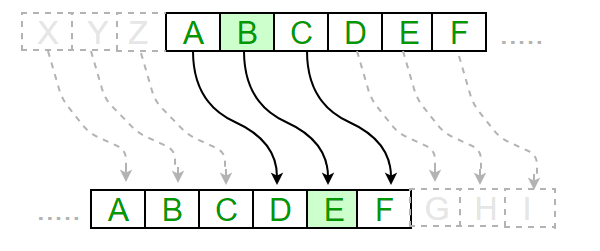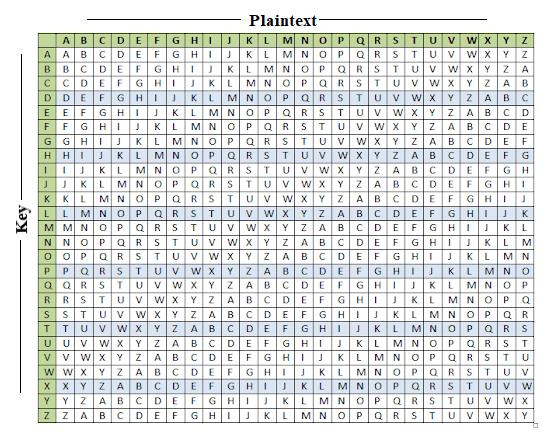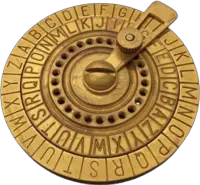Cryptography has been used for centuries to secure messages and protect sensitive information. The Caesar cipher and the Vigenere cipher are two of the most popular classical encryption techniques. While they share some similarities, there are also significant differences between the two. In this article, we will explore the differences between the Caesar cipher and the Vigenere cipher.
What is the Caesar cipher?
The Caesar cipher is a simple substitution cipher that was used by Julius Caesar to encrypt his messages. It works by shifting each letter in the plaintext a certain number of positions down the alphabet. For example, with a shift of 3, A would be replaced by D, B would become E, and so on. The recipient of the message would then shift the letters back by the same amount to retrieve the plaintext.

What is the Vigenere cipher?
The Vigenere cipher, on the other hand, is a more complex polyalphabetic substitution cipher. It was invented by Giovan Battista Bellaso in the 16th century and later improved by Blaise de Vigenere in the 19th century. The Vigenere cipher uses a series of interwoven Caesar ciphers, with each letter of the keyword determining the shift for each letter of the plaintext.

Differences between the Caesar cipher and the Vigenere cipher
The main difference between the Caesar cipher and the Vigenere cipher is the way they handle the shift. In the Caesar cipher, the shift is fixed and applies to every letter in the plaintext. In the Vigenere cipher, the shift varies for each letter, depending on the corresponding letter in the keyword. This makes the Vigenere cipher more secure than the Caesar cipher.
Another difference between the two ciphers is their key length. The Caesar cipher has a key length of one, while the Vigenere cipher can have a key length of any size. A longer key makes the Vigenere cipher more difficult to crack, as it introduces more variability in the encryption process.
Which cipher is more secure?
The Vigenere cipher is generally considered more secure than the Caesar cipher, as it is more difficult to break. However, it is not invulnerable, and with enough time and resources, it can still be decrypted. One weakness of the Vigenere cipher is that it is vulnerable to frequency analysis attacks. By analyzing the frequency of letters in the ciphertext, an attacker can deduce the length of the key and eventually decrypt the message.
In conclusion, both the Caesar cipher and the Vigenere cipher have their strengths and weaknesses. While the Caesar cipher is simple and easy to implement, it is also easy to break. The Vigenere cipher, on the other hand, is more complex and therefore more secure, but it is not foolproof. As with any encryption technique, the security of the message ultimately depends on the strength of the key and the implementation of the encryption algorithm.
